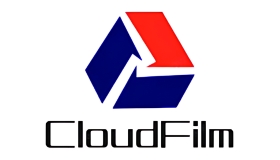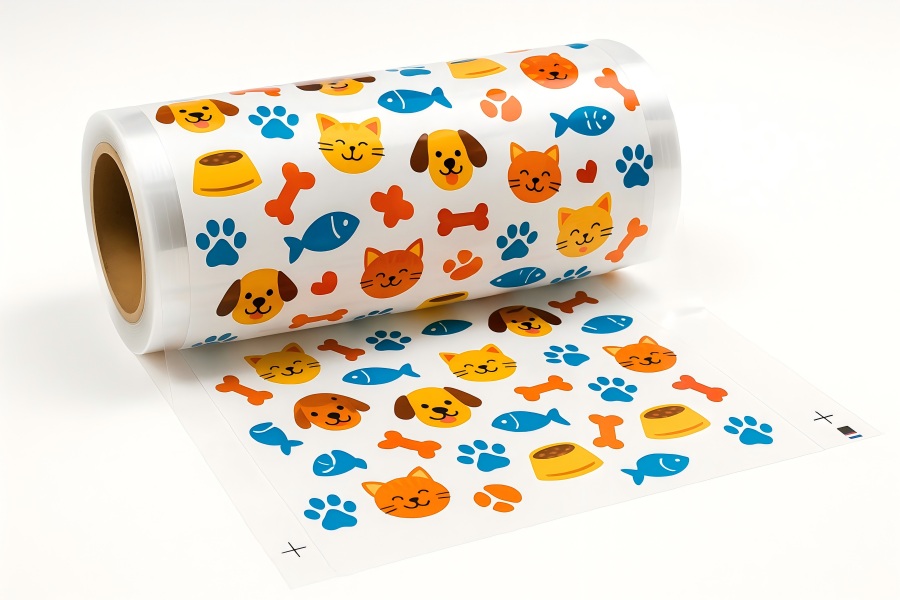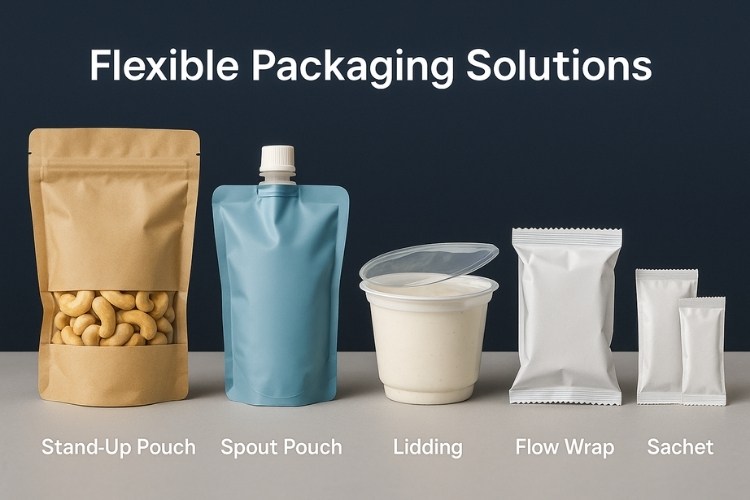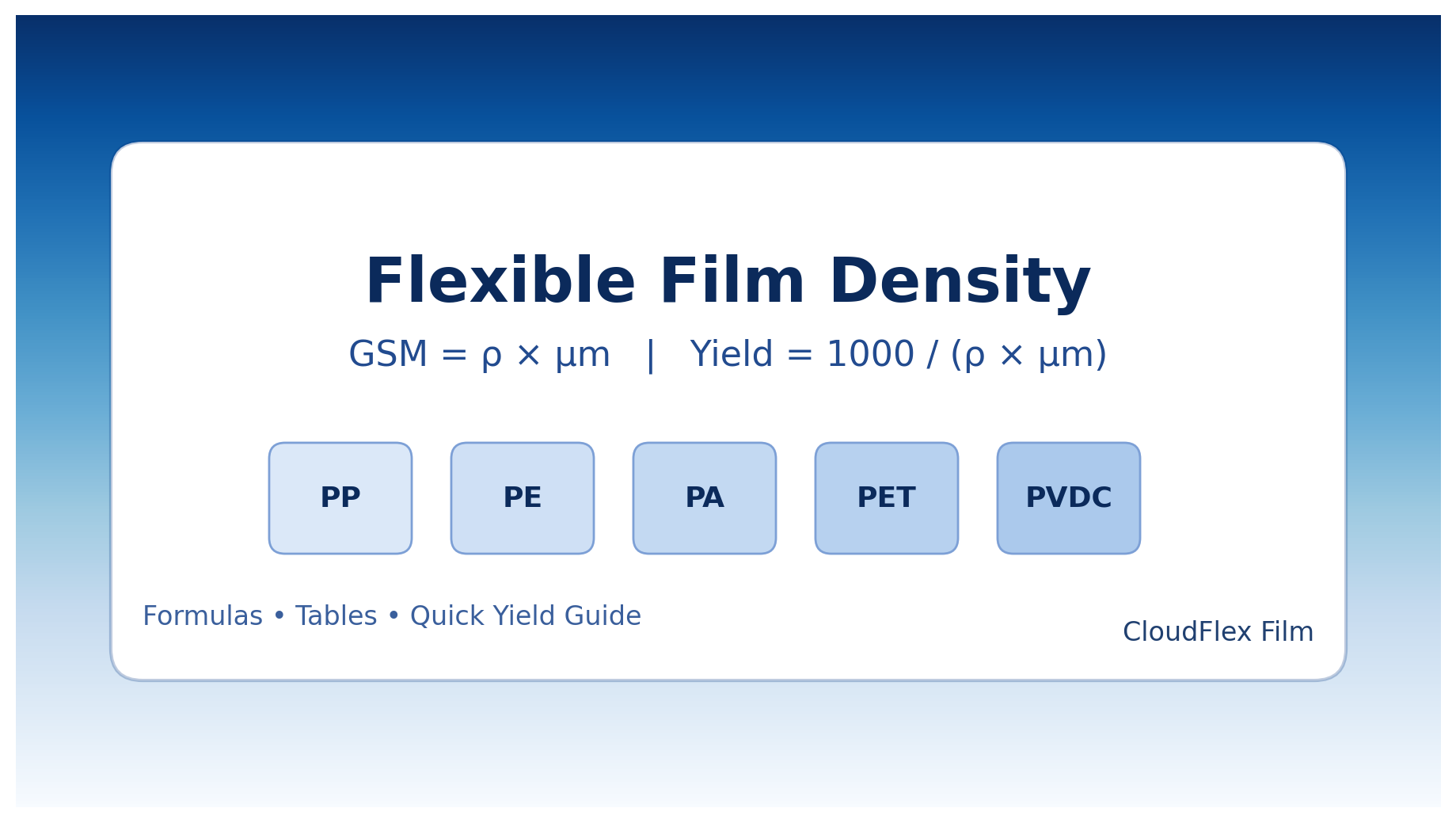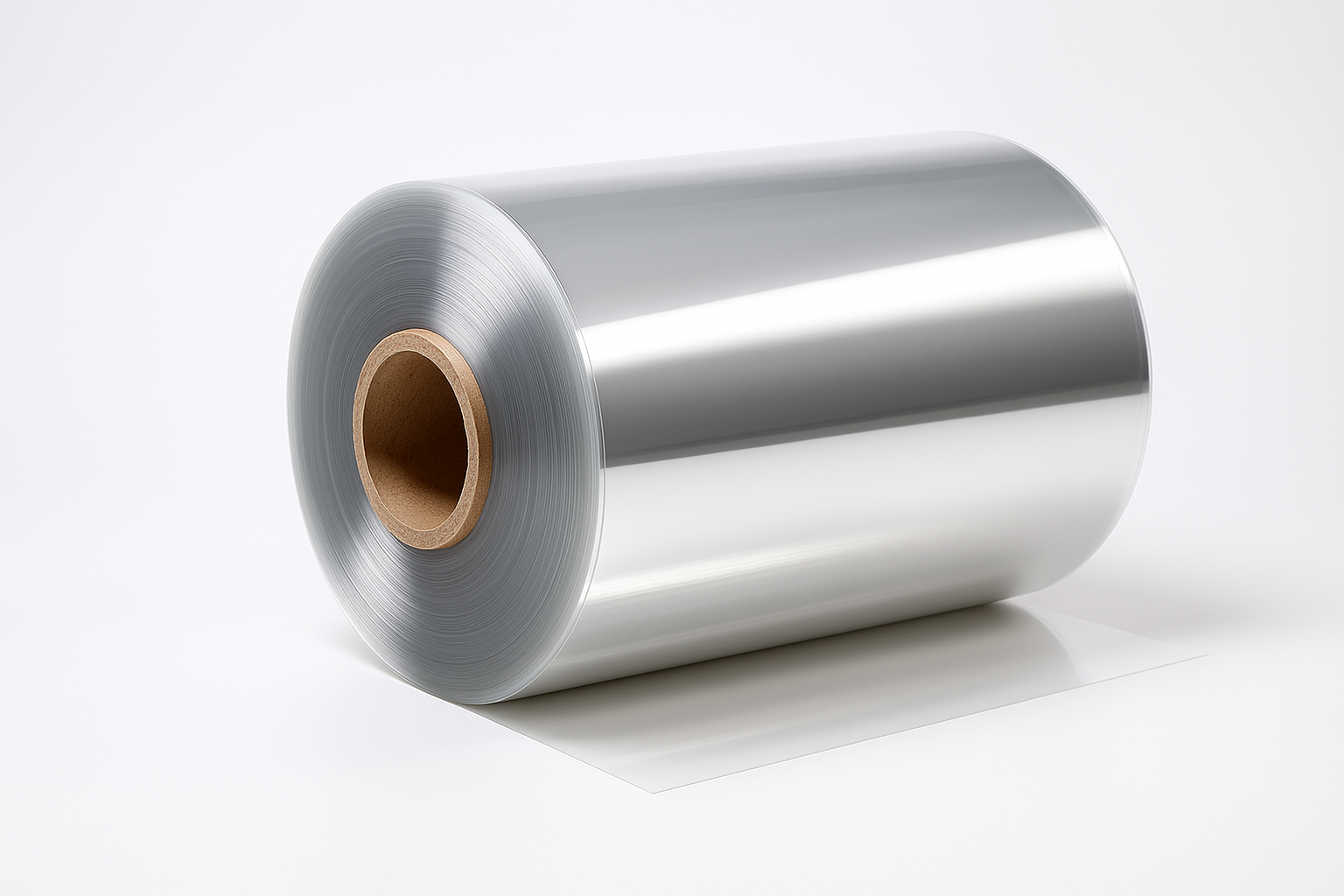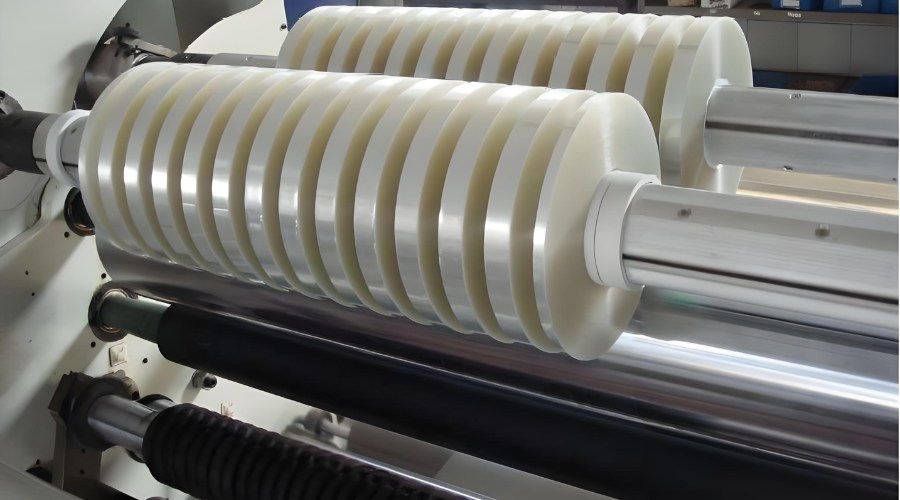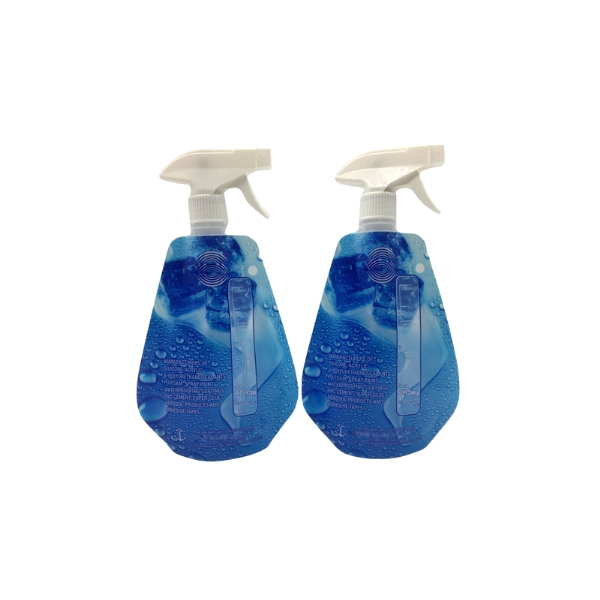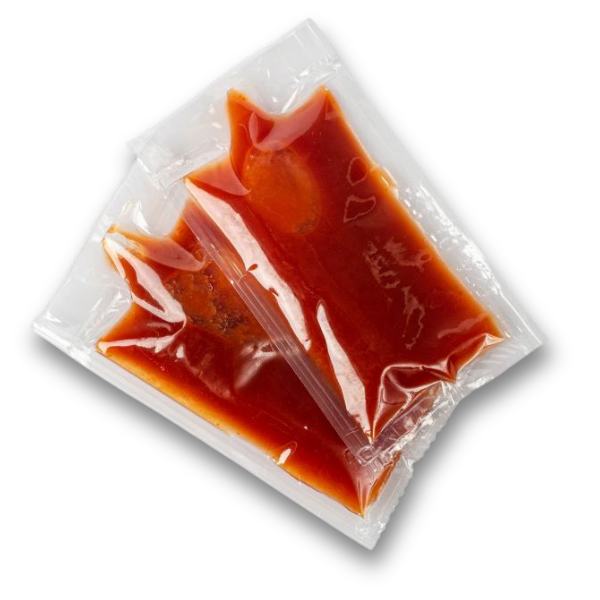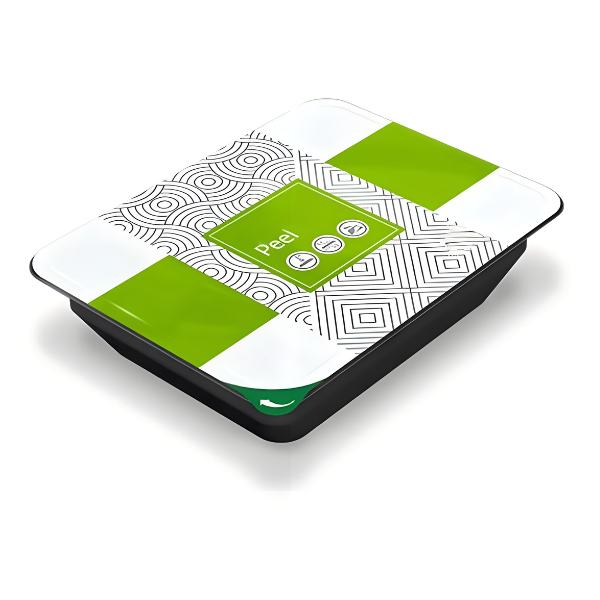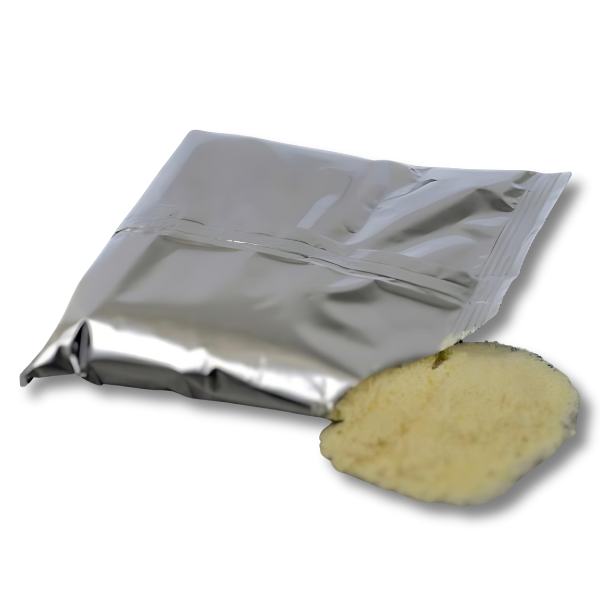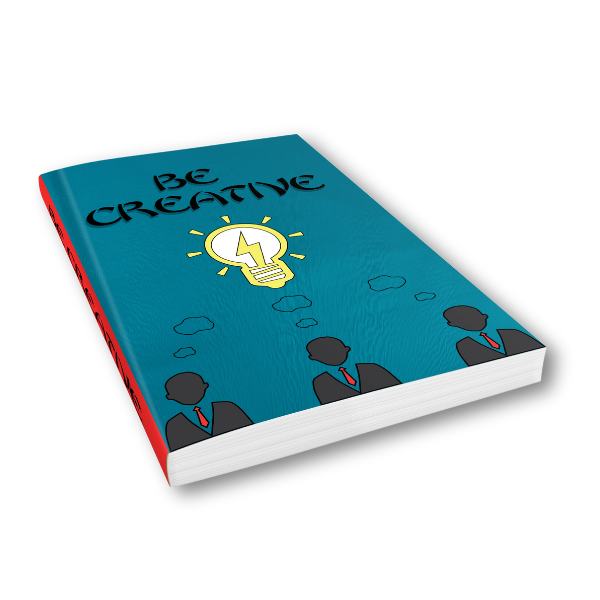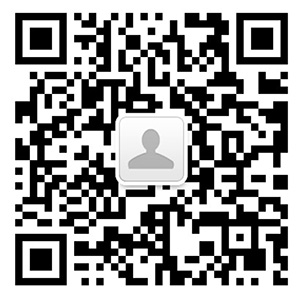Introduction: Beyond Traditional Packaging
In today’s fast-evolving consumer landscape, packaging is no longer just a protective shell—it’s a dynamic interface between brands, products, and consumers. Among the most groundbreaking innovations in this space is smart flexible packaging, a fusion of lightweight, adaptable materials with intelligent technologies.
At CloudFilm, we are at the forefront of this revolution, merging cutting-edge digital functionality with eco-friendly materials to redefine what packaging can do.
This article explores what smart flexible packaging is, how it works, its key applications across industries, the challenges it addresses, and why CloudFilm is your ideal partner in adopting this next-generation packaging solution.
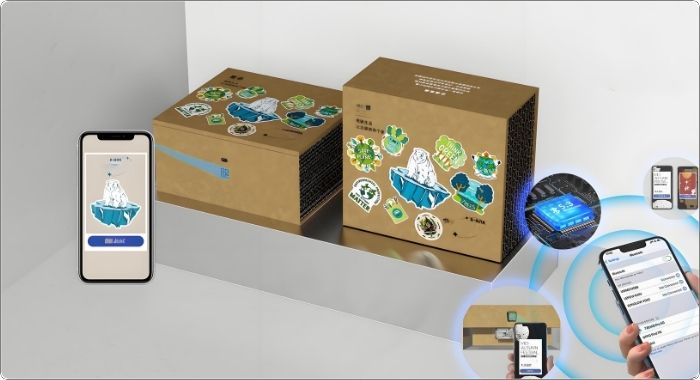
{ Smart Flexible Packaging Revolutionizes User Experience }
What Is Smart Flexible Packaging?
Smart flexible packaging combines two key concepts:
- Flexible Packaging: Lightweight, versatile materials such as films, foils, and laminates that can conform to product shapes and reduce material usage.
- Smart Technology: Embedded features like QR codes, NFC chips, sensors, or indicators that enable communication, tracking, or interaction with users and systems.
Unlike traditional rigid packaging, smart flexible packaging is not only more efficient in terms of logistics and material use but also transforms the user experience through digital engagement and real-time data feedback.
Key Components of Smart Flexible Packaging
To fully understand the value of smart flexible packaging, it’s essential to break down its core components:
1. Intelligent Indicators
These include time-temperature indicators (TTIs), freshness sensors, and gas indicators that change color or state to signal product quality. For example, a meat package might change color if the cold chain is broken, ensuring consumer safety.
2. Connectivity Features
QR codes, NFC (Near Field Communication), and RFID (Radio-Frequency Identification) tags allow consumers to interact with the packaging using their smartphones. This can lead to brand storytelling, promotional content, loyalty programs, or product authentication.
3. Sensors and IoT Integration
Advanced smart packaging may include sensors that monitor environmental conditions such as humidity, light exposure, or pH levels. These sensors can transmit data to the cloud, enabling real-time supply chain monitoring and predictive analytics.
4. Active Packaging
This refers to packaging that actively interacts with its contents to extend shelf life—such as oxygen scavengers, antimicrobial layers, or moisture regulators. When combined with smart features, active packaging becomes even more powerful.
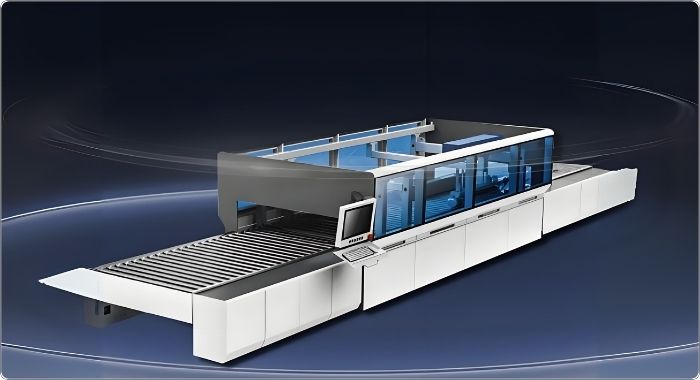
{ Smart Flexible Packaging Production Line }
Industry Applications: Where Smart Flexible Packaging Shines
Smart flexible packaging is being adopted across multiple industries, each with unique requirements and benefits.
1. Food & Beverage
In the food sector, freshness and safety are paramount. Smart flexible packaging helps by:
- Providing real-time spoilage detection.
- Enhancing traceability from farm to table.
- Offering interactive content like recipes or nutritional information via QR codes.
2. Pharmaceuticals & Healthcare
Medication adherence and counterfeit prevention are critical in this industry. Smart packaging solutions include:
- NFC-enabled blister packs that remind patients when to take medication.
- Tamper-evident features and authentication codes to combat counterfeit drugs.
- Temperature-sensitive labels for vaccines and biologics.
3. Cosmetics & Personal Care
Brands in this space use smart packaging to deliver personalized experiences:
- QR codes linking to tutorials or refill options.
- NFC tags that verify product authenticity.
- Customizable packaging that changes appearance or message based on user interaction.
4. Logistics & Retail
For retailers and logistics providers, smart flexible packaging offers:
- Improved inventory management through RFID and IoT integration.
- Enhanced consumer engagement via in-store scanning experiences.
- Better sustainability metrics through reduced material use and recyclability.

{ Smart Flexible Packaging Printed Sensor System }
Challenges and Solutions in Adopting Smart Flexible Packaging
While the benefits are clear, adopting smart flexible packaging comes with challenges. CloudFilm helps brands navigate these with tailored solutions.
Challenge 1: Cost and ROI
Smart packaging can be more expensive upfront. However, the long-term ROI—through reduced waste, enhanced brand loyalty, and supply chain efficiency—often justifies the investment. CloudFilm works with clients to develop scalable solutions that fit their budget and goals.
Challenge 2: Integration with Existing Systems
Incorporating smart features into existing packaging lines requires technical expertise. CloudFilm provides end-to-end support, from design and prototyping to integration and deployment.
Challenge 3: Consumer Education
For smart packaging to be effective, consumers need to know how to interact with it. CloudFilm assists in designing intuitive user experiences and complementary marketing campaigns to drive engagement.
Challenge 4: Sustainability Concerns
Adding electronic components to packaging can raise concerns about recyclability. CloudFilm prioritizes eco-design principles, using biodegradable substrates and minimal electronic components where possible, and offers guidance on end-of-life management.
The Future of Smart Flexible Packaging
The evolution of smart flexible packaging is just beginning. Here are some trends to watch:
1. AI-Powered Personalization
Artificial intelligence will enable packaging to learn from consumer behavior and offer tailored content or recommendations. Imagine a skincare package that suggests products based on your skin type or usage patterns.
2. Advanced Sensor Networks
Future packaging will include multi-functional sensors capable of detecting a broader range of environmental and biological signals, enabling even more precise monitoring and interaction.
3. Circular Economy Integration
Smart packaging will play a key role in the circular economy by improving sorting, recycling, and reuse processes. Digital watermarks and material identification tags will help streamline waste management and promote a closed-loop system.
4. Regulatory Support and Standardization
As governments and industry bodies recognize the value of smart packaging, expect clearer regulations and standards to emerge, facilitating broader adoption and interoperability.
Why Choose CloudFilm?
At CloudFilm, we don’t just follow trends—we set them. Our commitment to innovation, sustainability, and customer-centric design makes us the ideal partner for brands looking to leverage smart flexible packaging.
Our Core Strengths:
- Cutting-Edge Technology: We integrate the latest smart features into flexible packaging without compromising performance or sustainability.
- Customization: Every brand is unique. We offer bespoke solutions tailored to your specific needs and objectives.
- End-to-End Support: From concept to consumer, we guide you through every step of the packaging journey.
- Eco-Conscious Design: We prioritize materials and processes that minimize environmental impact and support your sustainability goals.
Conclusion: Packaging Reimagined
Smart flexible packaging is more than a trend—it’s the future of how products are protected, presented, and experienced. By blending intelligence with flexibility, it opens up new possibilities for brands, consumers, and the planet.
At CloudFilm, we’re excited to lead this transformation. Whether you’re a brand looking to stand out, a logistics manager seeking better visibility, or a consumer wanting smarter, safer products, CloudFilm is here to help you embrace the future of packaging.
